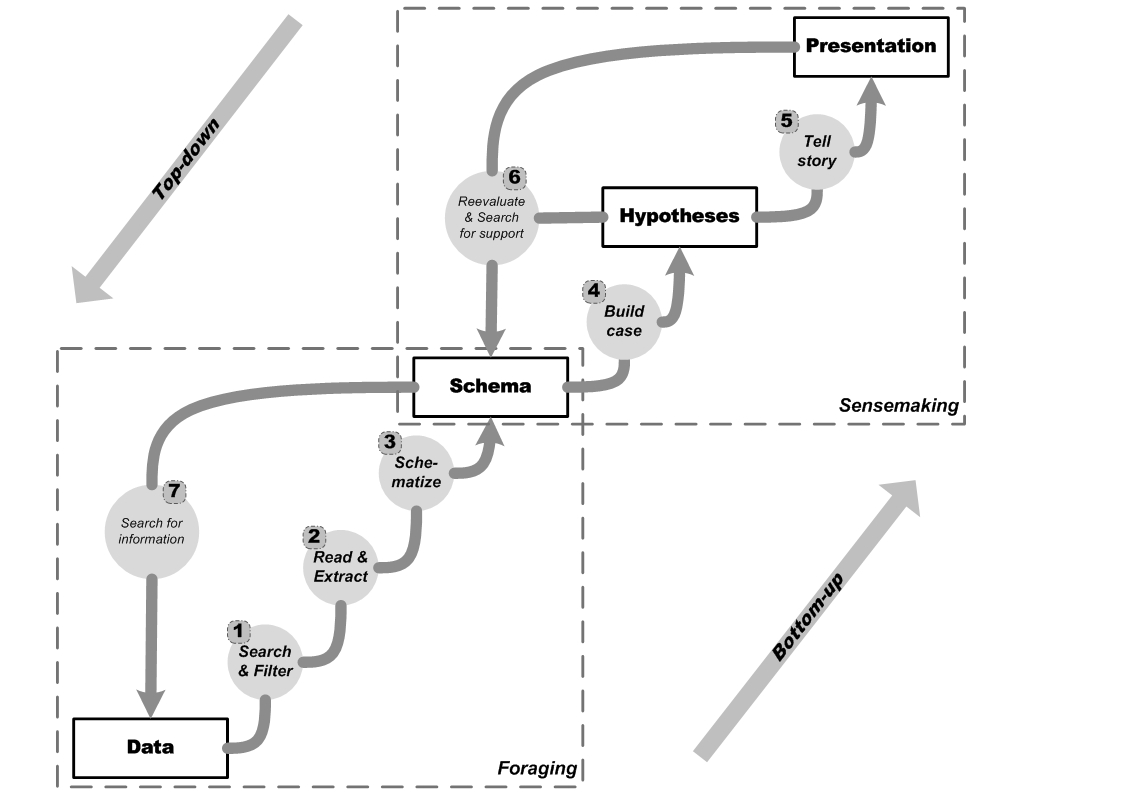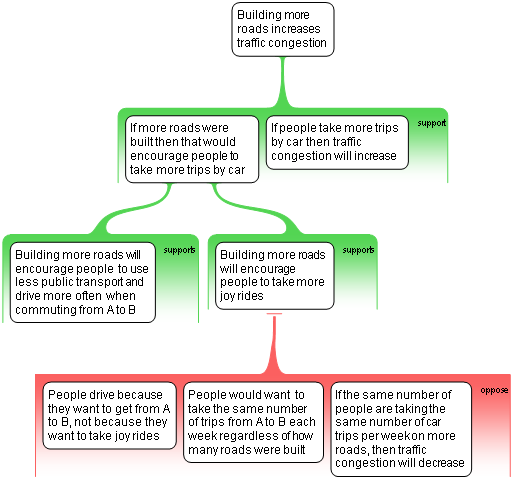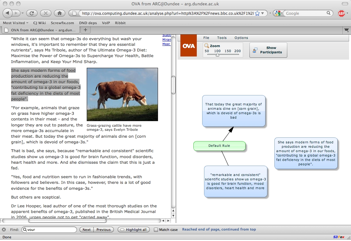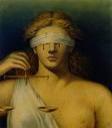VoxPopuLII
Argument Mapping and Storytelling in Criminal Cases
Crime investigation is a difficult and laborious process. In a large case, investigators, judges and jurors are faced with a mass of unstructured evidence of which they have to make sense. They are expected, often without any prior formal training, to map out complex scenarios and assess the potential relevance of a vast amount of evidence to each of these hypothetical scenarios. Humans can only process a limited amount of information at once and various cognitive and social biases such as tunnel vision, groupthink and confirmation bias may lead to unwanted situations and mistakes. Such mistakes, which seem almost unavoidable given the difficult nature of the task, can have a large impact on those involved in the case and in the past there have been a number of miscarriages of justice.
Reasoning with criminal evidence requires one to structure the individual pieces of incoming information. In addition to conventional database and spreadsheet programs, a number of programs, such as those produced by CaseSoft and i2, have been designed specifically for intelligence analysis. However, these tools have one major drawback, in that they do not allow analysts to express their reasoning in the case: the creation and evaluation of scenarios using evidence still take place in the heads of the analysts. At a time when knowledge- and argument mapping is taking off as a field that has to be taken seriously, this seems like a missed opportunity.
The project Making Sense of Evidence, which ran from 2005 to 2009, set out to develop a specialist support tool, in which not only the evidence and scenarios or stories can be structured in a simple way but in which it is also possible to express one’s reasoning about the evidence and stories using a sound underlying theory. Using insights from such diverse fields as legal theory, legal psychology, philosophy, argumentation theory, cognitive modelling and artificial intelligence (AI), a broad theory that both describes and prescribes how crime investigation and criminal legal decision making (should) take place was developed by me in conjunction with Henry Prakken, Bart Verheij and Peter van Koppen. At the same time, Susan van den Braak (together with Gerard Vreeswijk) developed a support tool for crime investigation based on this theory and extensively tested this tool with police analysts (together with Herre van Oostendorp).
 Crime investigation, legal decision making and the process of proof
Crime investigation, legal decision making and the process of proof
Crime investigation and legal decision making both fall under what Wigmore calls the process of proof, an iterative process of discovering, testing and justifying various hypotheses in the case. Pirolli and Card have proposed an insightful model of intelligence analysis. In Pirolli and Card’s model, the process consists of two main phases, namely foraging and sense-making. In the foraging phase, basic structure is given to a mass of evidence by schematizing the raw evidence into categories, time lines or relation schemes. In the sense-making phase, complex hypotheses consisting of scenarios and evidence are built and evaluated and these results are then presented. It is this last phase in which we are particularly interested: the existing tools for evidence analysis already support the foraging phase.
Reasoning with evidence: stories or arguments?
In the research on reasoning with criminal evidence, two main trends can be distinguished: the argumentative approach and the narrative approach. Arguments are constructed by taking items of evidence and reasoning towards a conclusion respecting facts at issue in the case. This approach has its roots in Toulmin’s argument structure and Wigmore’s evidence charts and has been adapted by influential legal theorists. It has been characterized as evidential reasoning because of the relations underlying each reasoning step: ‘a witness testifying to some event is evidence for the occurrence of the event’. Argumentative reasoning has also been called atomistic because the various elements of a case (i.e. hypotheses, evidential data) are considered separately and the case is not considered ‘as a whole’.
Hypothetical stories based on the evidence can be constructed, telling us what (might have) happened in a case. Alternative stories about what happened before, during and after the crime should then be compared according to their plausibility and the amount of evidence they explain. This approach has been advocated by people from the field of cognitive psychology as being the most natural approach to evidential reasoning. It has been characterized as causal reasoning because of the relations between the events in a story: ‘Because the suspect did not want to get caught by the police, he got in his car and drove off’. The story-based approach has also been called holistic (as opposed to atomistic), because the events are considered as a whole and the individual elements receive less attention.
Both the argument-based and the story-based approaches have their advantages. The argument-based approach, whic h builds on a significant academic tradition of research, is well suited for a thorough analysis of the individual pieces of evidence, whilst the empirically tested story-based approach is appreciated for its natural account of crime scenarios and causal reasoning. Therefore, in my thesis I have proposed a hybrid theory that combines stories and arguments into one theory. In this hybrid theory, hypothetical stories about what (might have) happened in a case can be anchored in evidence using evidential arguments. Furthermore, arguments can be used to reason about the plausibility of a story.
h builds on a significant academic tradition of research, is well suited for a thorough analysis of the individual pieces of evidence, whilst the empirically tested story-based approach is appreciated for its natural account of crime scenarios and causal reasoning. Therefore, in my thesis I have proposed a hybrid theory that combines stories and arguments into one theory. In this hybrid theory, hypothetical stories about what (might have) happened in a case can be anchored in evidence using evidential arguments. Furthermore, arguments can be used to reason about the plausibility of a story.
Sense-making using argument mapping
In recent times, the interest in so-called sense-making systems tools has increased exponentially. In contrast to classic knowledge based systems from Artificial Intelligence, these sense-making systems do not contain a knowledge base and do not reason automatically. Instead, they are intended to help the user make sense out of a certain problem by allowing him or her to logically structure his or her knowledge and reasoning. Thus, they help users make sense out of a certain problem by allowing them to store, share and search knowledge in a structured and intuitive way. The techniques used in sense-making systems include mind maps, concept maps, issue maps and argument maps. Whilst each of these techniques has its own merits, the technique of argument mapping is of particular interest to the current discussion.
 Argument mapping, or argument visualization, traces its origins back to Wigmore, who carefully defined a complex visual language for reasoning with a mass of evidence. In the 1990’s, the advent of faster and more GUI-equipped computer programs stimulated the interest in argument mapping and specific software tools for performing these visualizations of argument. For example, in 1998 Robert Horn released a series of complex maps about one of the main debates in AI: can computers think? Software tools for argument visualization have since been used for a variety of purposes. For example, Araucaria is used in legal education, making students familiar with legal argument, and in legal practice, aiding judges in handling simple cases by providing checklists in the form of critical questions to an argument. Rationale is used in university courses to teach critical thinking and in a variety of consultancy tasks, such as producing a report for the army on whether or not to buy a new tank. Debategraph is a wiki debate visualization tool which aims to increase the transparency and rigor of public debate on the internet. The program has made it into mainstream media, as it will be used by CNN’s Christiane Amanpour. Cohere has similar aims, allowing for the visualization of ideas and debates on the web. The Online Visualisation of Argument (OVA) suite of argument mapping tools, while similar to Debategraph and Cohere in that it is
Argument mapping, or argument visualization, traces its origins back to Wigmore, who carefully defined a complex visual language for reasoning with a mass of evidence. In the 1990’s, the advent of faster and more GUI-equipped computer programs stimulated the interest in argument mapping and specific software tools for performing these visualizations of argument. For example, in 1998 Robert Horn released a series of complex maps about one of the main debates in AI: can computers think? Software tools for argument visualization have since been used for a variety of purposes. For example, Araucaria is used in legal education, making students familiar with legal argument, and in legal practice, aiding judges in handling simple cases by providing checklists in the form of critical questions to an argument. Rationale is used in university courses to teach critical thinking and in a variety of consultancy tasks, such as producing a report for the army on whether or not to buy a new tank. Debategraph is a wiki debate visualization tool which aims to increase the transparency and rigor of public debate on the internet. The program has made it into mainstream media, as it will be used by CNN’s Christiane Amanpour. Cohere has similar aims, allowing for the visualization of ideas and debates on the web. The Online Visualisation of Argument (OVA) suite of argument mapping tools, while similar to Debategraph and Cohere in that it is  built to support the idea of a global World Wide Argument Web, has its own niche appeal in that it deals specifically with structured arguments and is explicitly based on rigorous academic theories of (computational) argumentation.
built to support the idea of a global World Wide Argument Web, has its own niche appeal in that it deals specifically with structured arguments and is explicitly based on rigorous academic theories of (computational) argumentation.
Tools for argument visualization work because they force one to make explicit the various elements of one’s reasoning, such as the premises and conclusions of an argument or the claims made by the participants in a discussion. Thus, certain ambiguities can be avoided. For example, (evidential) relations between the various elements in an argument can be clearly represented as arrows, whereas in natural language arguments clues that point to possible inferences are often left implicit or phrased ambiguously. Another example of argument visualization’s aiding complex reasoning is when there is more than one reason for a conclusion. As natural language text by its very nature imposes a sequential structure, visualizing the argument can help a great deal.
Story-mapping?
Tools for argument mapping can be worthwhile additions to the existing support software for crime investigation, because these tools enable the structuring, not only of the evidence itself, but also of the reasoning based on this evidence. However, as was argued above, reasoning in the process of proof does not just involve argumentation; stories or narratives play an equally important role.
The existing support software, such as Analyst’s Notebook, makes it possible to incorporate skeleton stories by drawing timelines. However, it is not just the events or sequence of events which makes a story. A proper story also needs to be coherent; that is, its (causal) structure needs to be believable. Because the plausibility of a story depends on the prior beliefs someone has, it is very subjective and therefore open to argument. The existing argument mapping software does not allow for the visualization of stories. Arguments in this software mainly focus on one or two main claims, whereas a story is usually about the greater whole. Although arguments for individual events in a story can be visualized in the current tools, those tools do not allow for the explicit representation of a story’s structure and the relations between the events in a story.
Our project developed a tool, AVERS, which allows for the visualization of causally connected scenarios as well as the arguments supporting or attacking these scenarios. Thus, AVERS allows one to show how a scenario is contradicted by evidence, and to reason about the stories themselves. Arguments can be directly linked to source documents and the type of evidence used in those arguments can be indicated.
scenarios as well as the arguments supporting or attacking these scenarios. Thus, AVERS allows one to show how a scenario is contradicted by evidence, and to reason about the stories themselves. Arguments can be directly linked to source documents and the type of evidence used in those arguments can be indicated.
Looking at the future
The AVERS tool and the hybrid theory on which it is based are important first steps to developing powerful support and visualization tools tailored to a specific task such as crime investigation or legal decision making. On the theoretical side, further interdisciplinary research is necessary to achieve a truly integrated “science of evidence.” On the practical side, further testing and development of support tools are needed. While visualization can ease the interpretation of complex arguments, complex argument visualization can quickly become “boxes-and-arrow-spaghetti.” Depending on the context, a visual or textual representation may be preferred, and any sense-making tool for argumentation should allow for a combination of the two modes of representation.
 Floris Bex is a research assistant at the Argumentation Research Group of the University of Dundee, working on the Dialectical Argumentation Machines (DAM) project. He has an M.Sc. in Cognitive Artificial Intelligence from Utrecht University. In 2009, he was awarded his Ph.D., for his thesis entitled “Evidence for a Good Story: A Hybrid Theory of Stories, Arguments and Criminal Evidence”, from the University of Groningen (Centre for Law and ICT). His thesis outlines a hybrid theory of reasoning with stories and arguments in the context of criminal evidence.
Floris Bex is a research assistant at the Argumentation Research Group of the University of Dundee, working on the Dialectical Argumentation Machines (DAM) project. He has an M.Sc. in Cognitive Artificial Intelligence from Utrecht University. In 2009, he was awarded his Ph.D., for his thesis entitled “Evidence for a Good Story: A Hybrid Theory of Stories, Arguments and Criminal Evidence”, from the University of Groningen (Centre for Law and ICT). His thesis outlines a hybrid theory of reasoning with stories and arguments in the context of criminal evidence.
VoxPopuLII is edited by Judith Pratt. Managing editor Rob Richards.






New: Bex et al., A hybrid formal theory of arguments, stories and criminal evidence http://bit.ly/al6jnu
[…] Click here for Dr. Bex’s earlier post on this topic at the VoxPopuLII blog. […]
This is the perfect webpage for anyone who hopes to understand this topic. You know a whole lot its almost hard to argue with you (not that I actually will need to…HaHa). You certainly put a new spin on a topic which has been written about for a long time. Great stuff, just wonderful.
GREAT POST.
Thumbs up.
Mr. Bex,
I’m new to your work, but much intrigued, and looking forward to reading your book. Is there a version of the AVERs program that can be downloaded or purchased or evaluated on a trial basis. I’m interested in playing with it. I’m not an academic or developer, just someone whose work requires fact investigations and the development of inferences.
Thanks